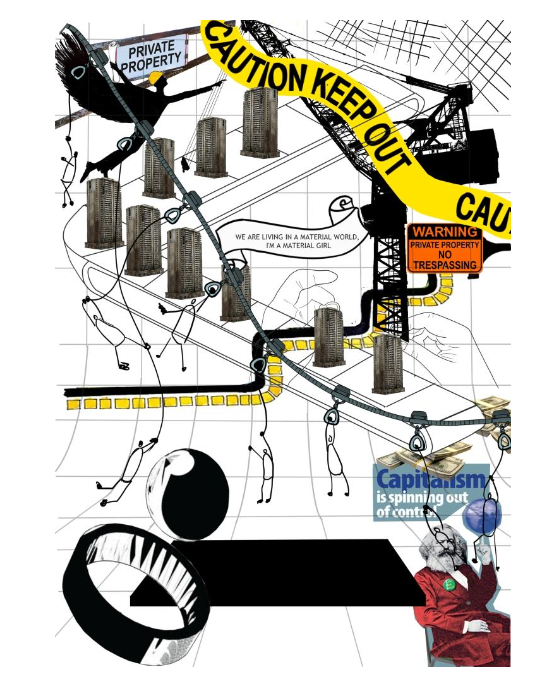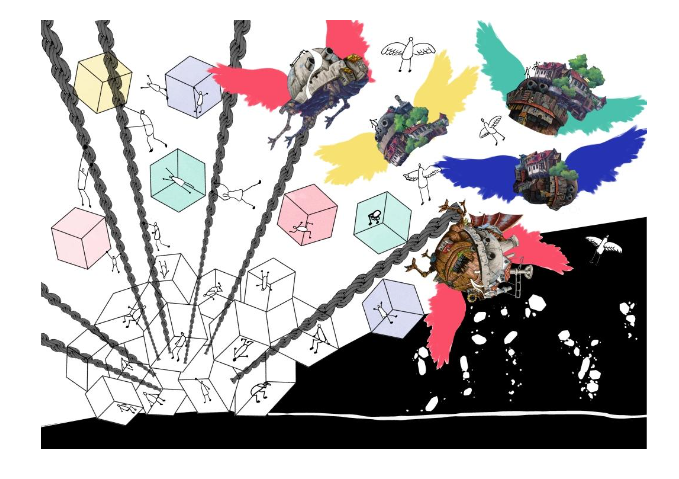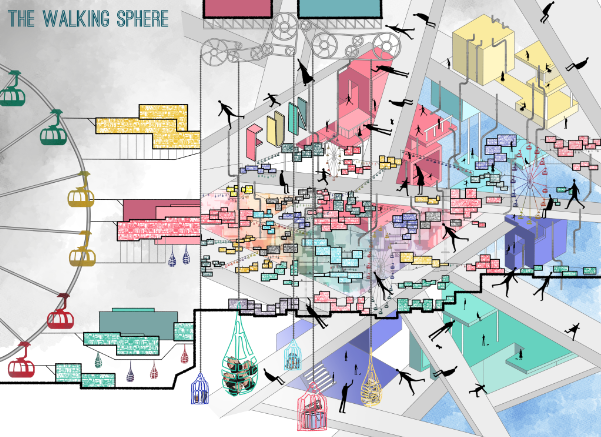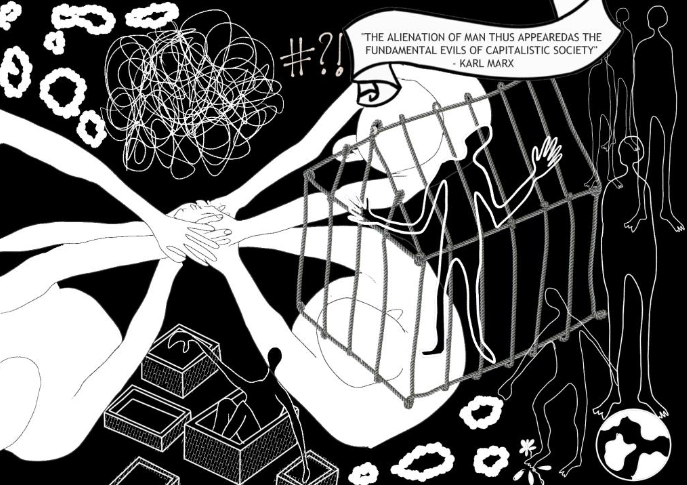19
Sep 2022
Don’t stop believing: Manifest a new world
Existing city and context: The developed catastrophe
Architecture has been serving capital and architects are the tool to make that happen. Powers that control have found new ways to make friends with capital. And architects a powerful pawn in a rich game. The deepening collaborative privileged web has led to many persons avail of and take benefit of modernism. Housing in the city is moving towards the complete integration of services, necessities, work & life, which has led to the creation of the modern gated community, where a resident need not go out of the building community. More aptly described as the ghettoization of communities, they also boast open podiums and parks while access to open space in a city like Bombay remains a dream.
The extremely artificial nature of space making in the city has led to the emotive needs of humans to be ignored. Isolation of individuals in their houses is an issue that has been solidified in the current pandemic and proven the rigidity of spaces found in the city. The spaces we live in, in urban cities, are already predetermined by the governmental development plans and pre-built by builders. Cities are not designed and built according to people, but rather by the fiscal possibilities of builders which are unmodifiable in nature.

Role of architect: Architects a powerful pawn in a rich game
“The world needs more architecture, but less buildings.”-Ryan Scavnicky
In the builder economy, spaces are not quantified by their design and response, but rather by their location and carpet area. The role of the architect in such a space is confined only to that of supervision and/or coordinator between several professions. On the rare occasions that the architect does get to command the design, the entire decision making happens by them in complete void of the people who would be directly or indirectly affected by the project.
The role the professional architect needs to shift towards designing and catering to the emotive needs of people. Architecture needs to lend itself to let people own, design and manufacture their own spaces as per their emotional and social needs.

Creation of anti-city: Towards de-privileging the human
What if, in contrast to the existing rigid city, there’s an establishment of an ever free flowing anti-city, where people are free to design, make and move their spaces. An anti-city where movement of people and spaces via public transport takes precedence over vehicles on roads. A movement city where citizens are able to walk or cycle to wherever they require and where distinction of the private and the public is erased.

Ms. Shreya Rangaraj,
5th Year B’Arch LSRSoA.
For more information in our other Architecture and Interior Designing Courses, visit the following course details:



